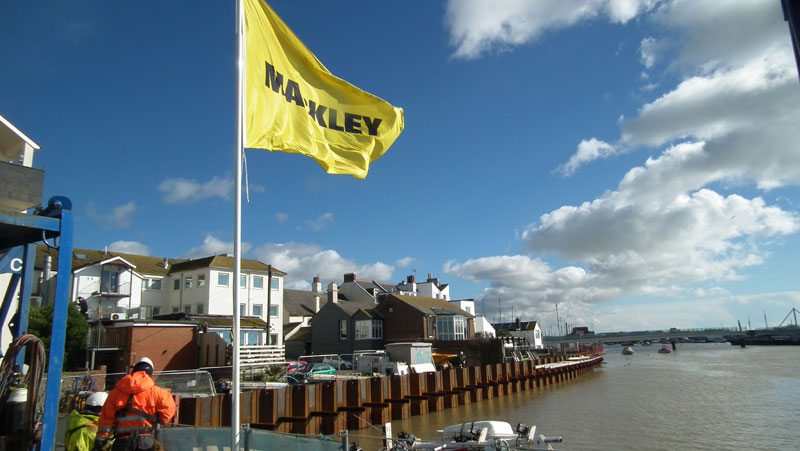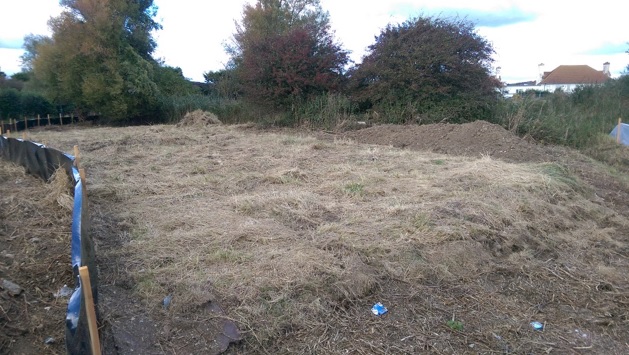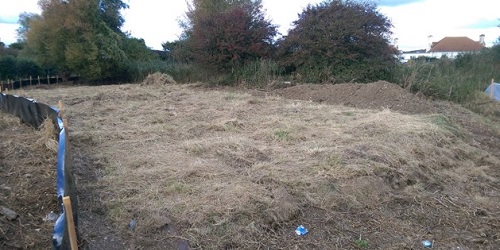
Over the coming weeks we will be publishing a series of updates looking at specific elements of our efforts to mitigate the environmental impact of our work on the Shoreham Adur Tidal Walls Flood Defence Scheme, starting with the protection of reptiles.
The Shoreham Adur Tidal Walls scheme is being carried out by Mackley as part of Team Van Oord, working on behalf of the Environment Agency, Coast to Capital Local Enterprise Partnership, Adur District Council and West Sussex County Council.
Once completed, the £31m project will significantly reduce flood risk to more than 2,300 properties in Shoreham and East Lancing, as well as protecting important local infrastructure including roads, the railway line and Shoreham Airport.
Working with the Environment Agency, Mott MacDonald and CH2M, we are committed to building the scheme efficiently and at the same time minimising the impact on the local wildlife. We are doing this by making sure our work does not impact any legally protected species, by monitoring for wildlife and creating habitats through landscaping.
Reptile species including common lizards, slow worms and grass snakes have been moved (translocated) from the work area alongside the airport, the recreation ground and a small area next to Lower Beach Road. More than 500 reptiles were found at these sites and have been moved to a specially created site on Mill Hill Nature Reserve.

Some reptiles were also moved to a small site created at the north end of the airport. To provide a suitable habitat the area was transformed by clearing dense brambles and moving grass onto the bare ground. Hibernation features were also built on this area by using logs resulting from tree clearance work on site.
This area is fenced off at the moment to keep the reptiles safe. Once the works are finished the fences will be removed and the population will naturally re-colonise the new flood embankment.
After the reptiles were moved, the vegetation along these areas was disturbed under the supervision of a trained ecologist using an excavator. Any remaining reptiles were then captured and moved, while at the same time the habitat was rendered unsuitable for them to move back into.
- In the next edition we will look at how we are helping to protect reptiles through sensitive vegetation management.
05 July 2017


